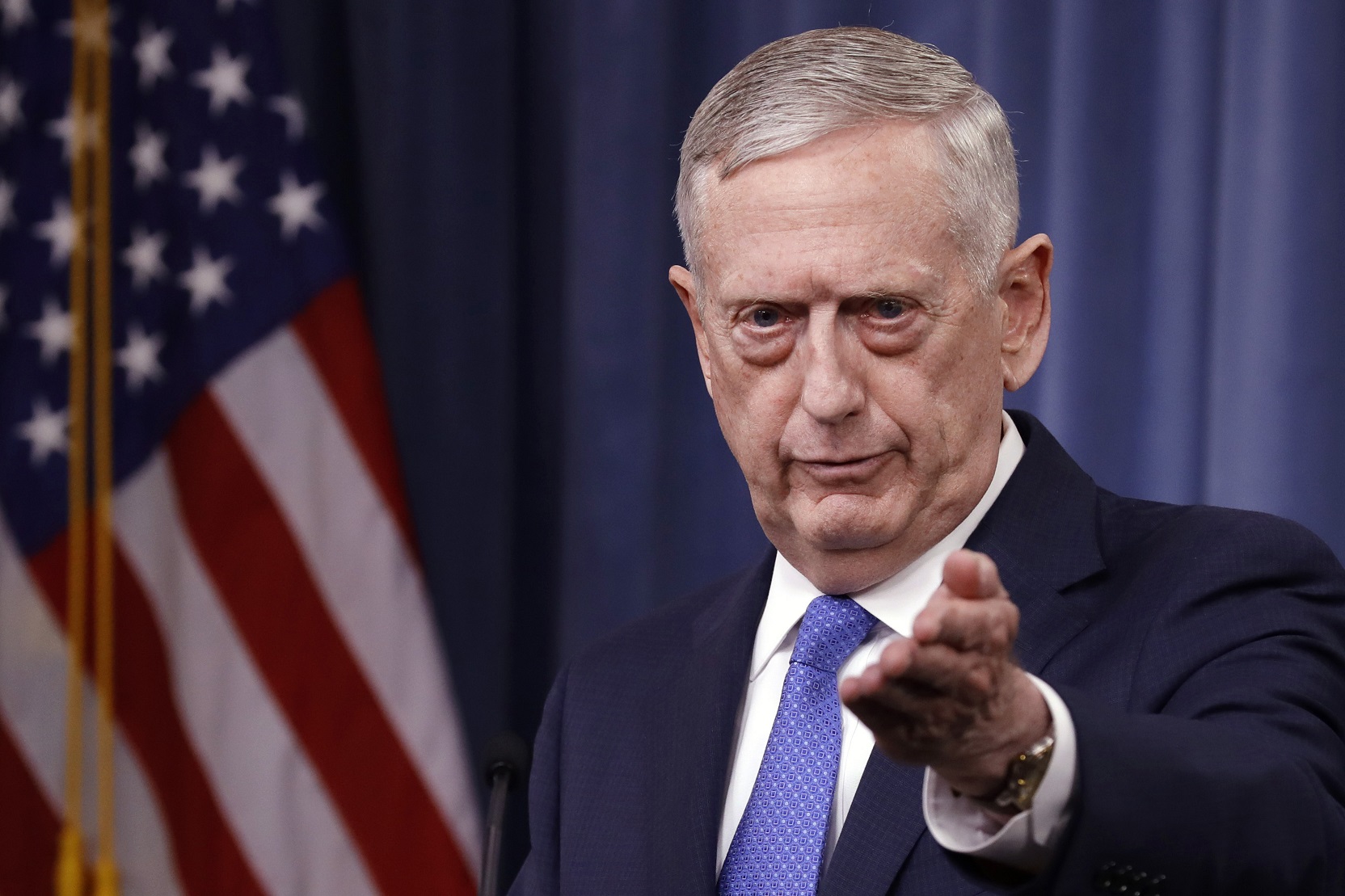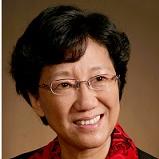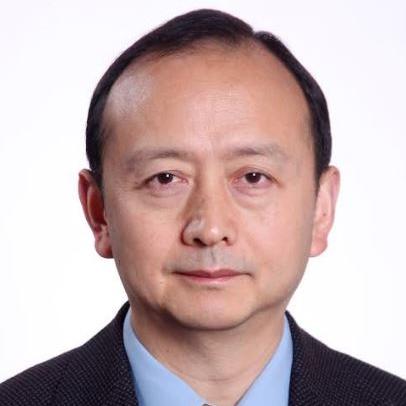
US Secretary of Defense James Mattis delivered his keynote speech on U.S. Asia-Pacific security policy at the IISS Shangri-La Dialogue on June 3 in Singapore. He tried to live up to the expectations of more than 500 participants by reassuring the region of continuing U.S. security commitments. He presented an overview of the region, the priority his government placed on the region, its enduring defense and relationship commitments, its threat assessment and approaches to regional security. Much of what he said is inherited from his predecessors who had stood on the same podium before. Even the catch phrases sound very familiar. For example, the Asia Pacific is defined as a “priority region” and the U.S. a “Pacific nation in both geography and outlook”. The U.S. supports “rules-based order” including freedom of navigation and over flight, and opposes disrespect for international law including unilateral change of status quo. Confronted with questions on US withdrawal from the TPP and the Paris Accord, Mattis only murmured without explaining whether these withdrawals could be regarded as rules-abiding or rules-disrupting behavior.
A more careful study of his two-part speech (threat assessment, and approaches to threats) reveals much continuity but some deviations from the Obama administration‘s Asia-Pacific security policy.
The Obama administration had been consistent in naming North Korea, Russia, China and Iran as threat- or challenge-presenting state actors. Mattis did not change that assessment. Given he was talking about the Asia Pacific region, only North Korea and China were mentioned. However, they were defined in very different language. North Korea is “the most urgent and dangerous threat to peace and security”, with “nuclear-weapons program maturing as a threat to all”. Mattis stressed again that “the era of strategic patience is over”, which can be viewed as a shift from the Obama administration; the policy of strategic patience aimed to wait for the collapse of the DPRK and impose on China the responsibility of reining in its neighbor.Another change was his repetition of Secretary of State Rex Tillerson’s rejection of regime change as a policy goal. In fact, no US governments have ever made regime change a declared policy goal, but they all had implied, expected and desired such an end-state, which provided one of the major drivers for the DPRK's nuclearization. The secretary urged China to recognize North Korea as “a strategic liability” and as the previous administration did, pushed China to do more.
China has been discussed in a much more sophisticated manner. Mattis presented China, first of all, as a challenge rather than a threat. The United States welcomes China’s economic rise, recognizes its legitimate position of influence, anticipates frictions, and does not accept its “actions impinging on the interests of the international community”, and “undermining the rules-based order”. While admitting competition with China was bound to occur, he also rejected the idea that conflict was inevitable. He elaborated on how to work with China where interest overlapped, and how to manage competition where interests differed. It seems that the traditional China policy stressing “hedging” on the one hand and “engaging” on the other, will continue to guide American interactions with China in the Trump administration.
In summing up, we can safely say that Secretary Mattis’ Asia Pacific policy statement has all the core ingredients of the Obama administration, even though the labels such as “rebalance” and “pivot to Asia” were missing. Is his speech reassuring to the regional ears? It depends. If the region is looking for a continuation of U.S. regional policy, it must have been reassured. If the region is looking for creative and new approaches to maintain regional peace and stability, it must have been disappointed.




